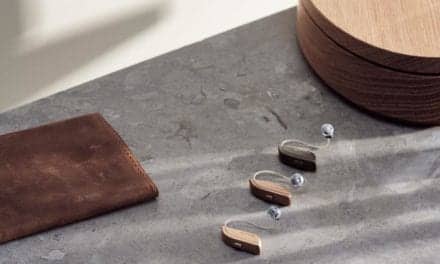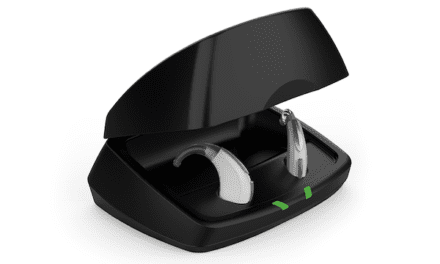Louisville, Ky— Researchers from Western Kentucky University and the University of Louisville have identified a growth hormone that repairs hair cell damage in the ear of a zebrafish. The findings may one day lead to a therapy for repairing cochlea hair cells in humans.
As hearing professionals are well aware, loud noise, especially repeated loud noise, can cause irreversible damage to the hair cells inside the cochlea and eventually lead to deafness. In mammals, this is irreversible; however both birds and fish are able to regrow the damaged hair cells and restore hearing. 
Researchers from Western Kentucky University and the University of Louisville experimented with zebrafish and examined their internal repair process.
They first looked for the zebrafish genes that were switched on or off after acoustic trauma and found distinct patterns of gene expression. Two days after noise injury in the zebrafish, inner ear cells were busy dividing to repair and replace the damaged hair cells.
The researchers traced the repair to an alteration in the regulation of 839 genes. Many of the cellular pathways involved were the same as those involved in cancer. This included a massive 64 fold increase in the transcription of growth hormone.
They then investigated the effect of injecting growth hormone (GH) on cell proliferation in control zebrafish utricles and saccules, since GH was significantly increased in the zebrafish following acoustic trauma.
The GH injection increased cell proliferation in the inner ear of non-sound-exposed zebrafish, suggesting that GH could play an important role in sensory hair cell regeneration in the teleost ear.
The research, published in BioMed Central’s open access journal BMC Neuroscience, may one day lead to a growth hormone therapy for repairing damaged hair cells in humans.
SOURCE: BioMed Central





